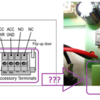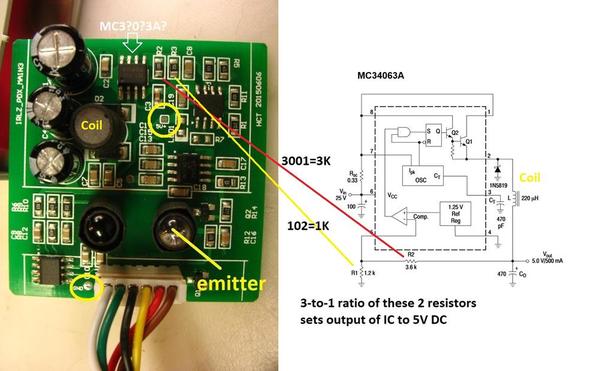I was helping a friend swap a 153IR on my layout last night. I had the 5 wires laid out in order above the hole in the layout. His job was to attach them to the contacts. His hands slipped on the wires and when I saw it, I thought the order was changed, but he thought he got it right. Wrong. We connected it up and....fried. I opened it up and found what looked like a wire through hole mounted on the board that was melted. There were actually 2 of them.....one marked 8mm and the other (melted) was 15mm. As I had nothing to lose and not knowing what that "wire" is, I stripped a length of wire that seemed to have the same gauge, measured a piece 15mm long and soldered it to the melted pieces. Still didn't work. A couple of questions......first......what is that wire like component? Second......nothing else looked fried. Any ideas?
Roger




























